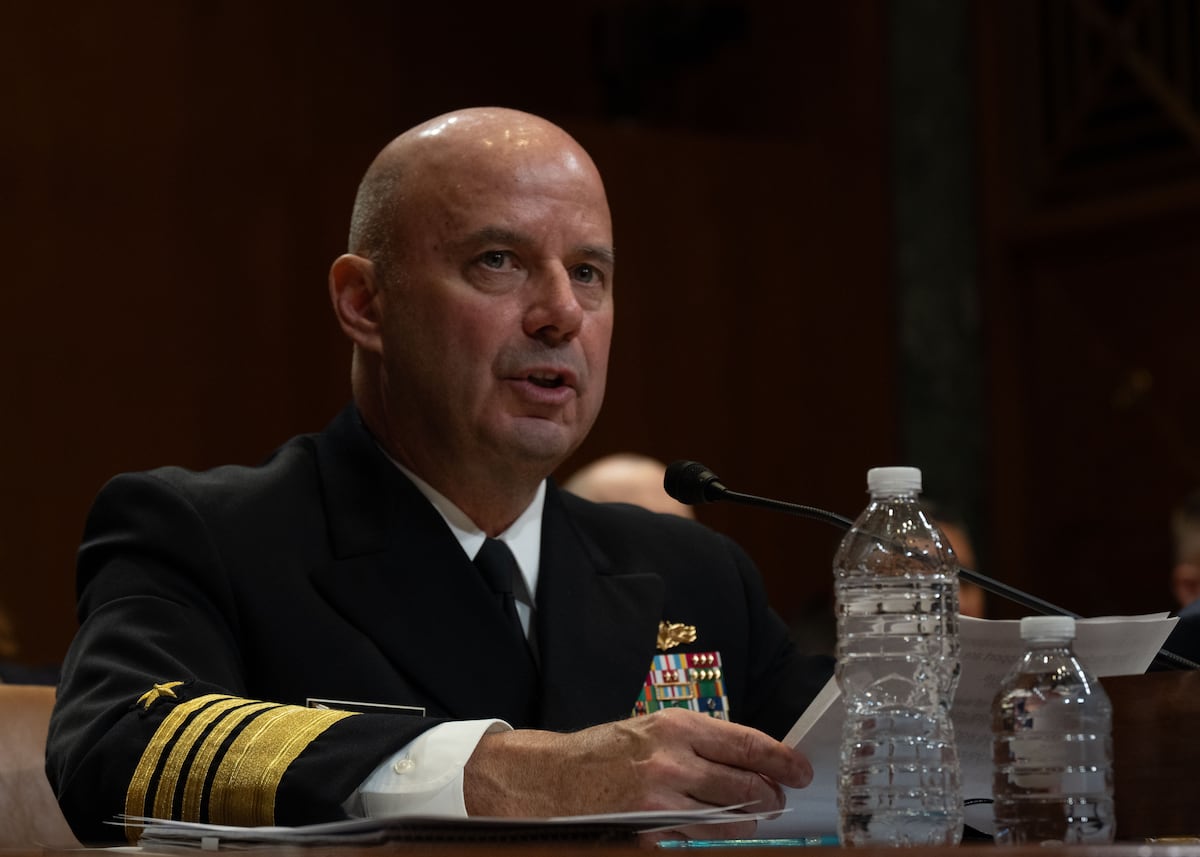Key Takeaways
- The Navy is significantly behind in ship deliveries and cannot provide clear timelines for improvement.
- Lawmakers expressed bipartisan concerns over the insufficient funding requested in the Navy’s budget.
- The Columbia-class nuclear submarine production is delayed, with delivery expected approximately two years late.
Navy Budget and Shipbuilding Challenges
The U.S. Navy is facing considerable challenges in delivering ships and submarines, falling behind projected timelines. During a Senate Appropriations Subcommittee on Defense hearing held on June 24, Navy Secretary John Phelan and other top military officials discussed these issues with lawmakers. The acting chief of naval operations, Admiral James Kilby, emphasized that the Navy is prioritizing competition with China and working towards an ambitious goal of having 80% of its fleet, including ships, submarines, and aircraft, combat surge-ready by January 1, 2027.
However, the Navy’s proposed base budget raised concerns, not due to potential overspending but because of the surprisingly low funds requested. Senator Roger Wicker (R-Miss) expressed disappointment over the budget request, suggesting that both mandatory and discretionary funding would be needed to achieve operational objectives for fiscal year 2026. There was considerable frustration from both democratic and republican senators, who criticized the Navy’s heavy reliance on reconciliation bill funding to meet budgetary needs. Senator Susan Collins (R-Maine) argued that the requested budget perpetuates a previous inadequate shipbuilding trajectory and advocated for an increase in the base budget, noting that reconciliation funding should only serve as a temporary support measure.
Bipartisan concern was especially directed towards the absence of firm timelines for ship deliveries. In response to Senator Jack Reed’s (D-R.I.) inquiries about delays in the Columbia-class nuclear submarine project, Admiral Kilby acknowledged that they are now two years behind schedule, with delivery expected in March 2029. Kilby further explained that shipbuilding costs have risen and production is lagging across all ship classes.
Senator John Kennedy (R-La.) sharply criticized the Navy’s performance, pointing out that despite increased funding over the last two decades, the Navy currently has fewer ships due to the retirement of older vessels. Kilby responded, explaining that historical production rates for guided-missile destroyers have plummeted from four ships per year in the 1990s to just two today. This decrease has contributed to significant delays across all ship classes, with timelines extending by years.
Further emphasizing the urgency of the situation, Senator Lindsey Graham (R-S.C.) expressed concerns about China’s expanding naval capabilities, projected to increase from 400 to 435 ships by 2030. Graham called for the Navy to receive funding beyond the current budget limitations to support critical shipbuilding initiatives.
Overall, the hearing highlighted the pressing issue of the Navy’s budgetary constraints and production delays, underscoring the need for immediate action to bolster national defense capabilities in the face of increasing global competition.
The content above is a summary. For more details, see the source article.















